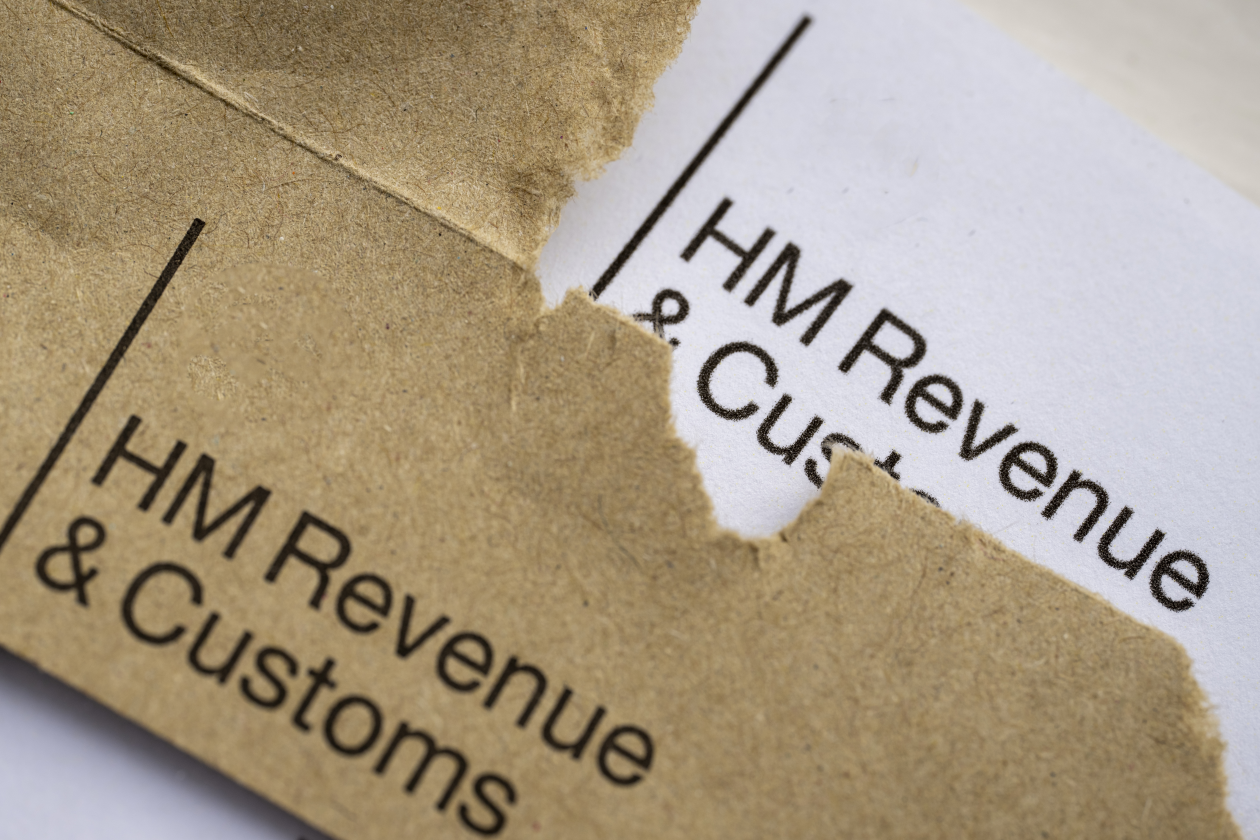It’s hard to escape the non-stop speculation about potential Autumn Budget changes to capital gains tax.
Everything from the annual allowance to the rate or the fact it resets to zero on death have been thrown into question.
In fact, this week rumours came out about a potential hike up to 39%.
Fortunately, there are also plenty of capital gains tips to help you lower your chances of a shock tax bill.
This isn’t personal advice. ISA, pension and tax rules can change, and their benefits depend on your circumstances. Scottish tax rates and bands are also different. If you’re not sure what’s right for you, ask for financial advice.
And remember, all investments and any income from them can rise and fall in value so you could get back less than you invest.
Sign up to our weekly Editor's Choice email to make sure you don't miss out on the key changes from the Autumn Budget.
Use your allowances
You get an annual CGT allowance on a use-it-or-lose it basis.
If you’re building up a big gain, you might be able to realise it gradually, over a period of years. You won’t pay CGT so long as you stay within your £3,000 CGT allowance each tax year.
To get even more tax savvy, you can consider moving these investments into a Stocks and Shares ISA, if you have the available ISA allowance, using the Share Exchange (Bed & ISA) process.
With Share Exchange you can sell your shares in your HL Fund and Share account, not forgetting about your CGT allowance, move the cash into the ISA wrapper and buy back the same shares again, all in one instruction.
You have to stick within your overall £20,000 ISA allowance though and before using Share Exchange take any charges into consideration.
But when your investments are in an ISA, you then won’t have to worry about UK dividend tax or CGT.
Use your losses
When you complete your tax return, you can add details of the losses you’ve made, which will be offset against the gains when you’re calculating how much CGT you owe.
If you make more losses than gains, you should still make a claim for the extra losses, and if you still can, carry them forward into next year.
Use your spouse’s capital gains tax allowance
If you’re married or in a civil partnership, you can transfer the ownership of some investments to your spouse or civil partner.
There’s no CGT to pay on the transfer. When they sell up, there might be tax to pay, but they have a CGT allowance of their own to take advantage of.
Alternatively, if your spouse or civil partner pays a lower rate of income tax, you can consider moving income-producing investments into their name, so the income will be taxed as theirs rather than yours.
Tweak your income with pension contributions to cut the higher rate CGT you pay
The rate of capital gains you pay depends on your income tax bracket. If you can reduce your income, you can pay tax at a lower rate on at least some of the gain.
Adding money to your pension effectively extends your basic-rate tax band. Plus, you get tax relief from the government on what you pay in. How much you can pay in and the tax relief you get depends on your circumstances.
Remember, the CGT rate for Scottish taxpayers is currently based on rest of UK bands. You can also usually only withdraw from your pension from 55 (57 from 2028).
If you plan to hold the investment for the long term, stick with it
Time in the market is an important part of investing success. It’s important you don’t rush into any decisions, or allow the tax to force you into decisions you wouldn’t otherwise take.
The key is to focus on things you can do that you’ll be grateful for in the long run – even if we don’t see any changes to capital gains tax in the Budget.





